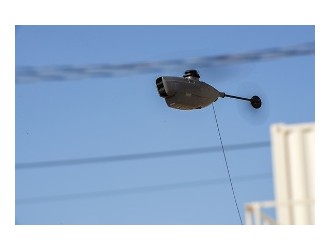
BriteCloud takes advantage of the miniaturization of electronics to package a battery-powered radiating decoy into a canister no larger than a drink can. It can therefore be dispensed from the standard flare cartridges that are fitted to most fast jets. Leonardo says that it protects them from modern radar-guided missiles that are able to outwit older countermeasures such as chaff, or radiating onboard jammers that are susceptible to “home-on-jam” techniques.
BriteCloud has pop-out fins that help to create a significant distance between the decoy and its launch aircraft, so that the incoming missile misses by a large margin. During flight, its Digital RF Memory (DFRM) jammer detects RF emissions and cross- references them against its pre-programmed threat library. Upon finding a match, the decoy applies advanced algorithms and emits a deception signal to defeat the threat radar and incoming missile.
It is reprogrammable against emerging threats, or those threats that are specific to a particular region. Leonardo says that BriteCloud costs significantly less to procure than other offboard-deployable jamming systems such as the towed radar decoy. The company claims that the simple repeater-based techniques employed by such systems are able to defeat only legacy continuous-wave emitters.





